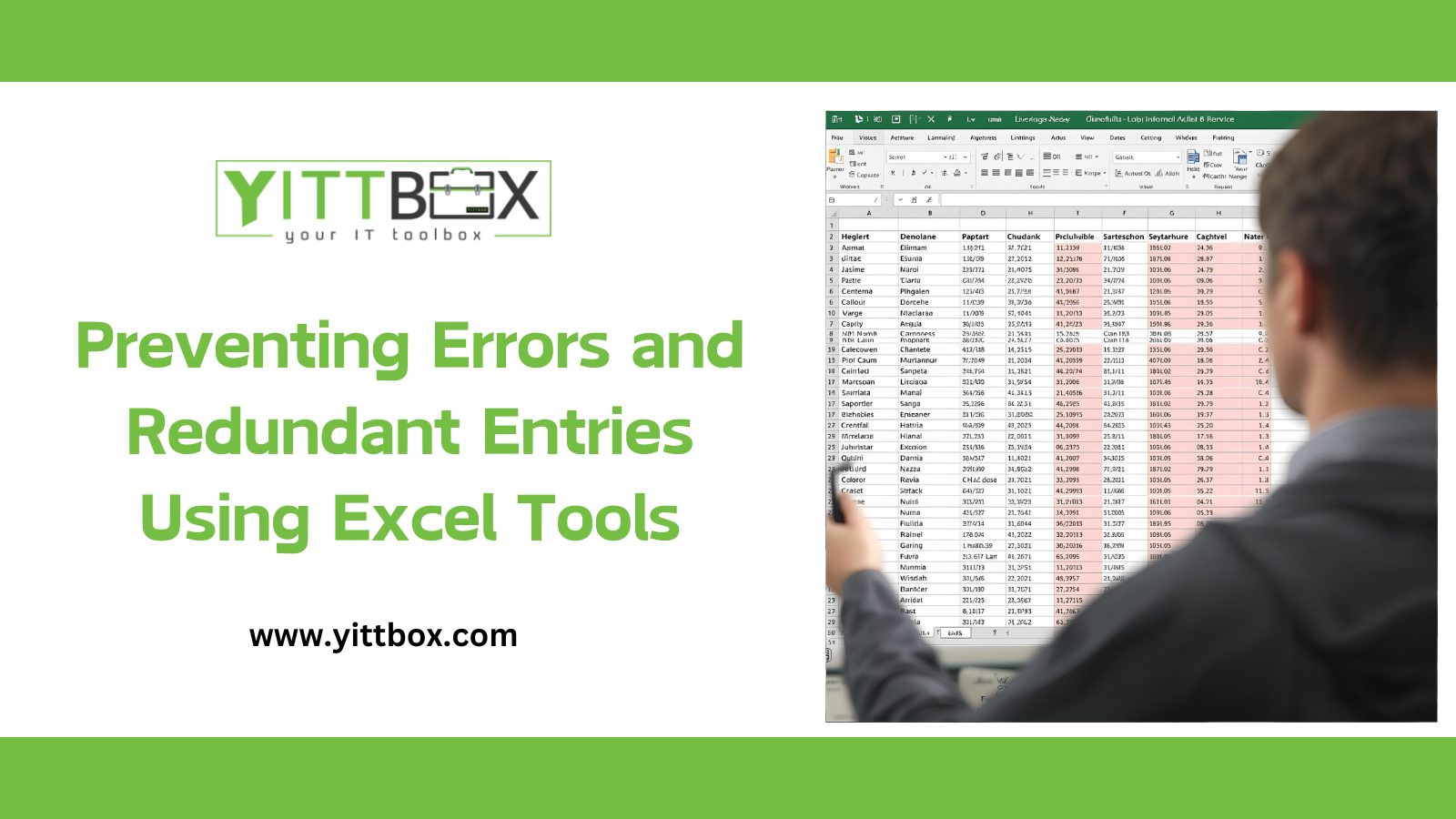Automated Audit Logging in MS Access
In today’s enterprise environment, maintaining data integrity is more than just good practice, it’s a necessity. Every addition, modification, or deletion of data has a direct impact on decision-making, compliance, and operational efficiency. MS Access is a powerful tool for mid-sized business applications, but without proper tracking, critical changes can go unnoticed. Automated audit logging ensures that every action is captured in real time, providing transparency, accountability, and a reliable record for reporting, troubleshooting, and compliance purposes.
What is Automated Audit Logging?
Automated audit logging is the process of recording database activity automatically, without requiring users to manually note changes. In MS Access, this means tracking when records are created, updated, or deleted, who performed the action, and exactly what was modified. By eliminating the need for manual tracking, businesses minimize errors and maintain a trustworthy, time-stamped history of all operations. This becomes an invaluable resource for understanding workflow patterns, resolving discrepancies, and ensuring compliance.
Key Elements of an Effective Audit Log
A comprehensive audit system captures several essential pieces of information. It identifies the user making the change, records the type of action, whether it’s a create, update, or delete operation, logs the exact date and time, and details which record or table was affected. Additionally, capturing both the previous and updated values provides a clear picture of what changed and why. Together, these elements create a log that is actionable, transparent, and reliable.
How Automated Audit Logging Can Help
Automated audit logging offers multiple benefits that directly impact business operations. First, it strengthens accountability by clearly showing who made changes and when, reducing the risk of errors or unauthorized modifications. Second, it supports regulatory compliance by maintaining a verifiable record of all data activity, which can be crucial during audits. Third, it simplifies troubleshooting, as any data inconsistencies or operational issues can be traced back to their source quickly. Finally, it provides actionable insights, analyzing audit logs over time helps identify workflow bottlenecks, inefficiencies, and patterns that can guide process improvements.
How to Implement Automated Audit Logging in MS Access
There are multiple approaches to implement automated audit logging, each suited for different needs. VBA-based logging allows developers to attach code to form events like BeforeUpdate or AfterUpdate, automatically sending changes to a dedicated audit table. This method is highly customizable and ideal for tracking specific fields or actions. Table-level Data Macros provide another option, enabling logging directly at the table level, ensuring that even edits made outside forms are recorded. For larger-scale enterprise solutions, integrating Access with SQL Server allows for advanced audit logging using triggers or change tracking, offering centralized control, improved performance, and scalability in multi-user environments.
Best Practices for Enterprise Audit Logging
To maximize the effectiveness of audit logging, it’s important to centralize logs in a dedicated table, automate timestamping for accuracy, and restrict access to prevent tampering. Planning for storage is also critical, as audit tables can grow rapidly, and integrating with reporting tools like Power BI allows organizations to visualize trends, detect anomalies, and generate compliance reports. Implementing these practices ensures audit logging supports business operations rather than creating unnecessary complexity.
Challenges and Considerations
While audit logging provides tremendous benefits, there are challenges to keep in mind. Logging every operation can impact database performance if not optimized, and large audit tables require careful storage planning and regular archiving. Multi-user environments add complexity, as concurrent edits may require SQL Server or advanced Access configurations to maintain accuracy. Understanding and addressing these challenges is key to creating a reliable, efficient audit system.
Conclusion: Unlocking Transparency and Control
Automated audit logging transforms MS Access from a simple database into a robust platform for enterprise accountability. By recording who changed what and when, businesses gain transparency, reduce errors, and ensure compliance with internal and external standards. Whether through VBA, Data Macros, or SQL Server integration, a well-designed audit system provides traceable, actionable insights that strengthen operational integrity. For any enterprise relying on MS Access, automated audit logging is not just beneficial, it is essential.




.png)


.png)

